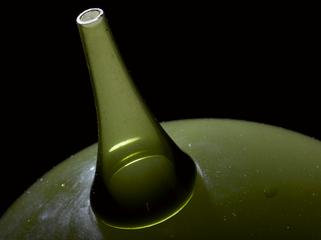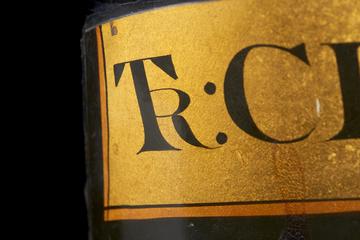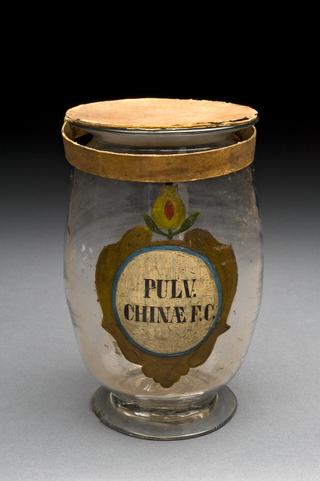
Bottle of the opiate painkiller 'Papine'
- maker:
- Roberts and Company

Glass bottle with bakelite lid two-thirds full of red 'Papine' patent pain-killing liquid (contains morphine). 179 mm x 65 mm x 35 mm, .43kg. Made by Roberts and Co. (London) for Battle and Co., St. Louis, U.S.A., 1890-1920.
‘Papine’ is a trade name for an effective pain killer. It is known as an opiate, which means it is a naturally occurring compound in the opium poppy. The Latin name of this poppy is Papaver somniferum, and suggests where the brand name came from. The label on the bottle promises that the sleep and seizure-inducing effects of opium have been removed. Opium and opiates are known to be addictive and if taken for long enough may lead to dependence on the drug. ‘Papine’ was available over the counter at chemists.
Details
- Category:
- Medical Glass-ware
- Collection:
- Sir Henry Wellcome's Museum Collection
- Object Number:
- A640382
- Materials:
- complete, morphine, paper (fibre product), glass and bakelite
- Measurements:
-
overall (standing upright): 180 mm x 65 mm x 40 mm, .43 kg
- credit:
- Wellcome Trust




